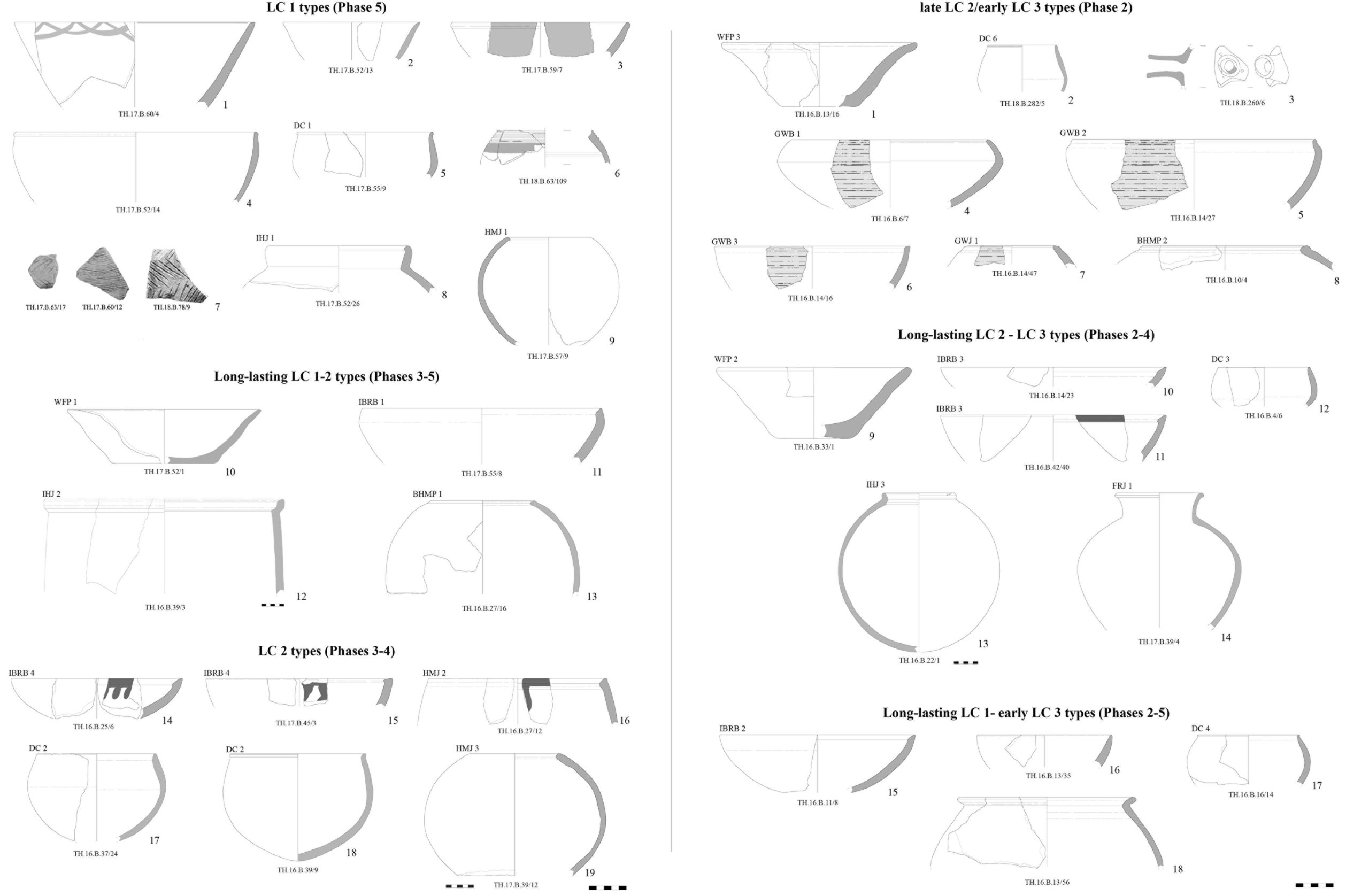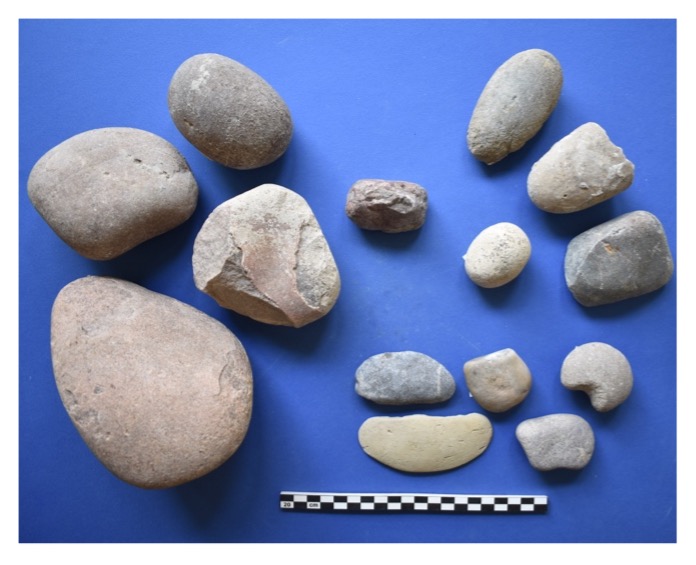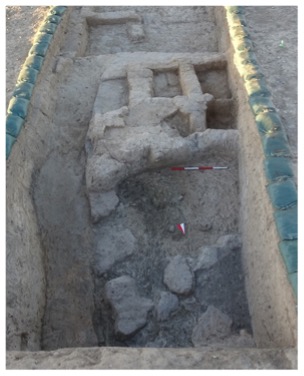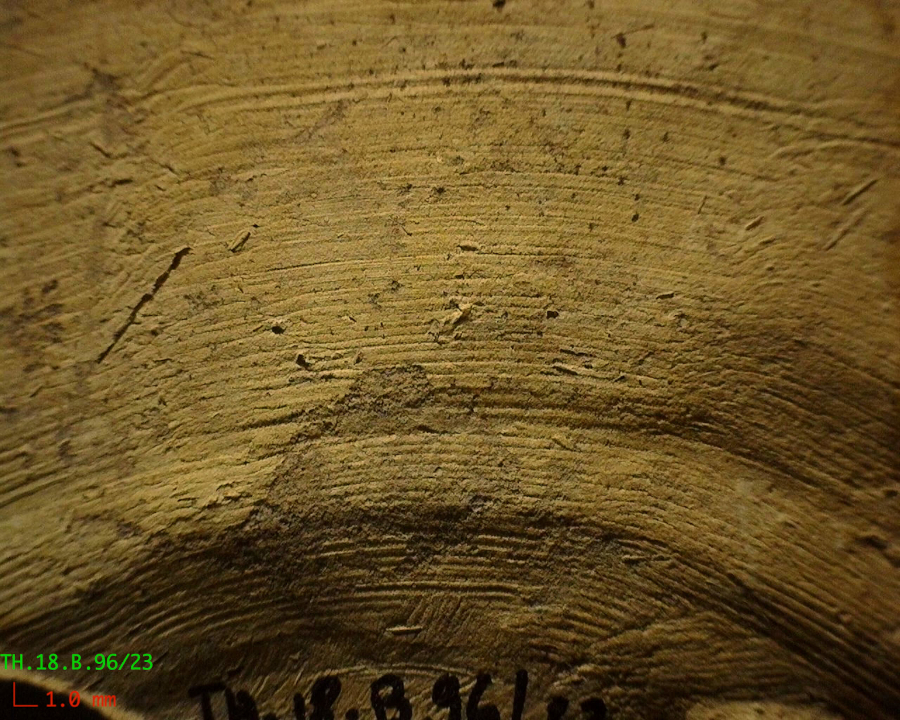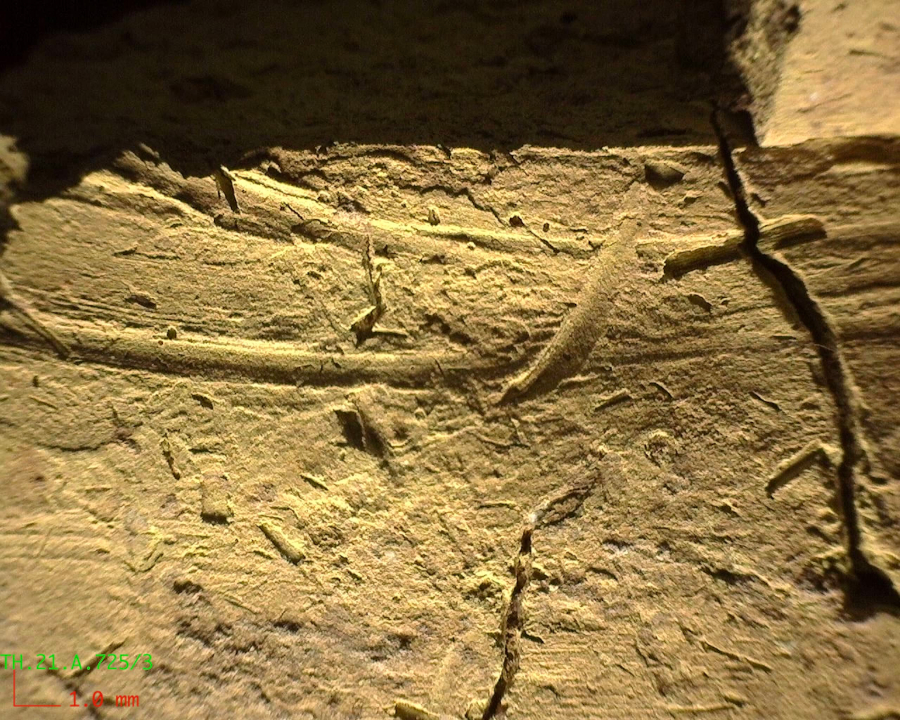
“Crafting Complexity”. Pottery Production and Consumption at Helawa (Erbil Plain) between the Ubaid and Late Chalcolithic Periods
Agnese Vacca, University of Milan, Mesopotamian Fellowship Recipient
Aims of the “Crafting Complexity” Project
The project aims at studying pottery production and consumption at Helawa (Erbil Plain) in a diachronic perspective–from the Ubaid to the Late Chalcolithic period (5th-4th millennium BC) – by means of technological and archaeometric analyses to ultimately explore the process of craft specialization and standardization, and their major implications for our understanding of complex societies in this crucial area of Northern Mesopotamia. Several studies focusing on ceramics have, in fact, pointed out that major changes in pottery production and distribution occurred in Mesopotamia in connection with the process of 4th millennium BCE urbanization, resulting in a highly specialized and intensified production performed at an extra-household level, reflected in the emergence of a standardized and mass-produced repertoire.
The project targets encompass the realization of mineralogical and petrographic characterization (thin sections, XRD, XRF, Raman Spectroscopy) on a selected sample of vessels (ca. 100 sherds) to reconstruct pottery traditions within the Helawa assemblage, understood as the result of different systems of production and consumption, passed down within a group or society. Furthermore, compositional analyses (INAA) are also envisaged to investigate ceramic production and circulation at an extra-site level, facilitating the comparison with the results already obtained for the pottery assemblage of nearby Chalcolithic sites such as Surezha, investigated by an American expedition of the Oriental Institute of Chicago (Stein 2018; Minc et al. 2019).
As a major output, the project aims at producing a database encompassing qualitative (drawings and photos) and quantitative (metric, petrographic, chemical) data intertwined with a solid stratigraphic and typo-chronological ceramic sequence, anchored to C14 dates. This dataset has the potential to carry out multivariate analyses to investigate in a diachronic perspective the relationship between the technical dimension of ceramic production, the degree of specialization, the transmission of knowledge between potters, and the socio-economic organization of prehistoric communities at Helawa, providing a frame of reference from a key-site to be compared with neighboring settlements in the Erbil Plain and more broadly in the Trans-Tigridian region.
The site of Helawa and the MAIPE Expedition in the Erbil Plain
During the last decades, dozens of international projects were launched in the Kurdistan Region of Iraq contributing to the definition of a new theoretical framework for this key area located in the Trans-Tigridian region, between the well-known Jazirah region and Southern Mesopotamia (Kopanias et al. 2015).
Tell/Gird Helawa (ca. 10ha) is situated about 28 km south-west from the modern city of Erbil, in the fertile Erbil plain, and has been investigated since 2013 – together with the site of Aliawa – by the MAIPE Expedition (Missione Archeologica Italiana nella Piana di Erbil) of the University of Milan under the direction of Luca Peyronel, with Agnese Vacca as Vice-director (Fig.1). Archaeological investigations at the sites of Helawa and Aliawa, with their multi-period occupation, allow an integrated reconstruction of the history of the region from the first Neolithic villages (ca. 7th millennium BC) to the fortified centers of the Parthian and Sasanian periods down to the early Islamic Age (3rd century BC-8th century AD). The MAIPE project carries out archaeological excavations, geo-archaeological and geophysical research, bio-archaeological studies and archaeometric analyses in agreement with the Iraqi State Board of Antiquities and Heritage and the Directorate of Antiquities of the Iraqi Kurdistan Region, promoting activities to enhance the local historical-archaeological heritage and disseminating the project’s results.


